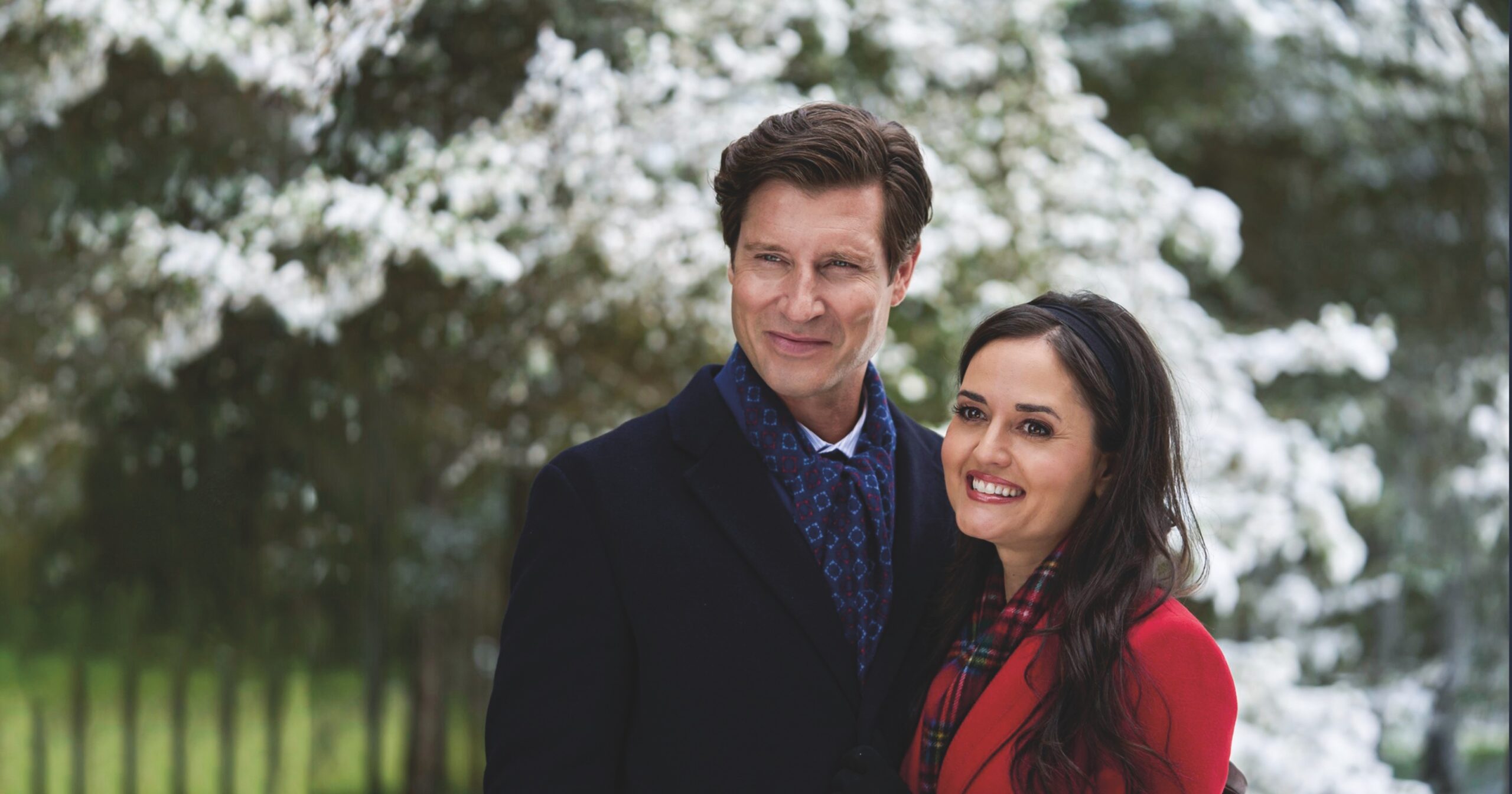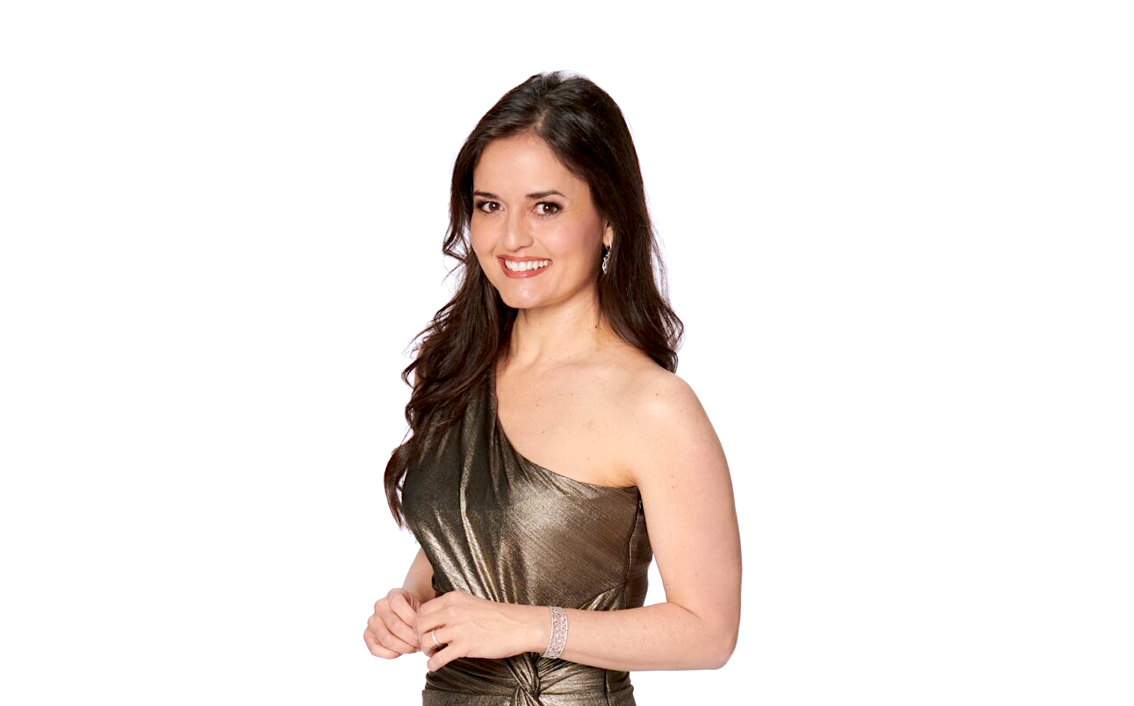After a lifetime in southern California’s eternal sunshine, Danica McKellar made the move to rural Tennessee last year. It appears she’s taken a page right out of her Hallmark and Great American Family movies, which often take place in a small town filled with kindhearted people and blessed by seasonal beauty.
Since her move, the actress and producer has indeed been marveling at “the most amazing Bob Ross painting at every turn,” she said.
Ms. McKellar is widely known for playing the character of Winnie Cooper in “The Wonder Years.” The comedy-drama, which ran from 1988 to 1993, followed the highs and lows of young Kevin Arnold (played by Fred Savage). Set in suburban, middle-class America in the late ’60s and early ’70s, the series, and the messy and complex affairs of the heart it depicted, kept viewers coming back episode after episode. For many, their coming of age happened alongside the protagonists’—including McKellar’s character.
Etched onto the public consciousness, she became the epitome of the sweetness of first love. Late-night show host Jimmy Fallon once referred to Winnie Cooper as “the coolest girl in any TV show ever.”
An adult Kevin Arnold narrated:
Once upon a time there was a girl I knew, who lived across the street. Brown hair, brown eyes. When she smiled, I smiled. When she cried, I cried. Every single thing that happened to me that mattered, in some way, had to do with her. That day Winnie and I promised each other that no matter what, we’d always be together. … It was the kind of promise that can only come from the hearts of the very young.”

Math Whiz
On-screen Winnie Cooper was smart and sweet, and because Ms. McKellar knew that young people were looking up to her character, she felt the need to live up to being a role model.
She went on to graduate summa cum laude from UCLA with a major in mathematics, with the distinction of co-authoring a mathematical physics theorem called the Chayes-McKellar-Winn Theorem.
In 2000, she testified before a congressional subcommittee about the importance of women in math and science. When she read that young girls’ interest and confidence in math eroded significantly by the eighth grade, even though they performed as well as boys, she reflected on her own self-doubts while in college:
No one ever told me I couldn’t do math or science; I just saw it as inaccessible and foreign. The strange thing is, at the same time that I harbored all of these self-doubts and feelings of alienation in regards to math, I was graduating high school with really good grades in math. True, I had struggled in middle school to even get a ‘C’ in math, but now I was in the top 3 percent of my high school, graduating with honors and an A+ in the highest AP Calculus course offered in the U.S.
She went on to write 11 math books for kids spanning ages 0 to 16. She knew that she had to change the stereotype about math and make it not only accessible but also cool, initially targeting girls at the middle school stage, a time when math gets harder and new social factors also come into play. Because of this, her bestselling books incorporate confidence-boosting messages.
(This is a short preview of a story from the Dec. Issue, Volume 3.)




